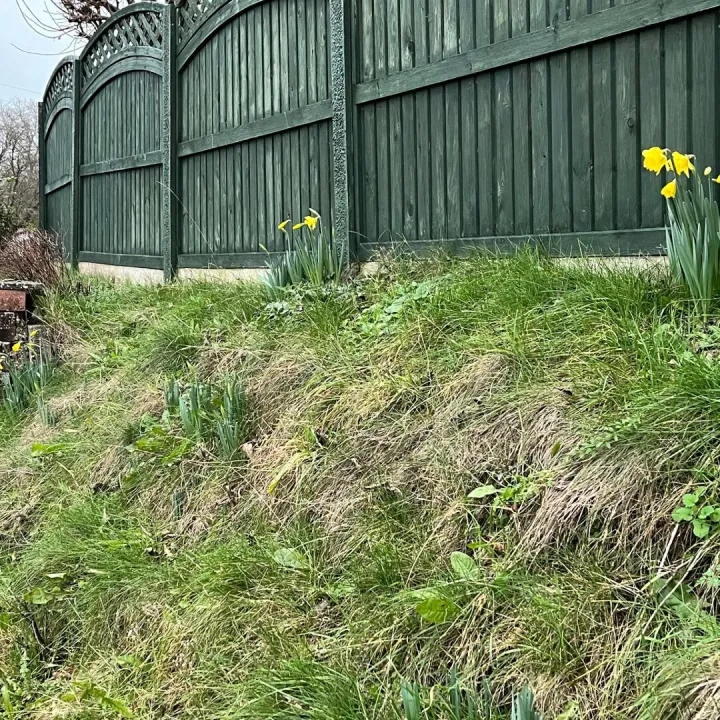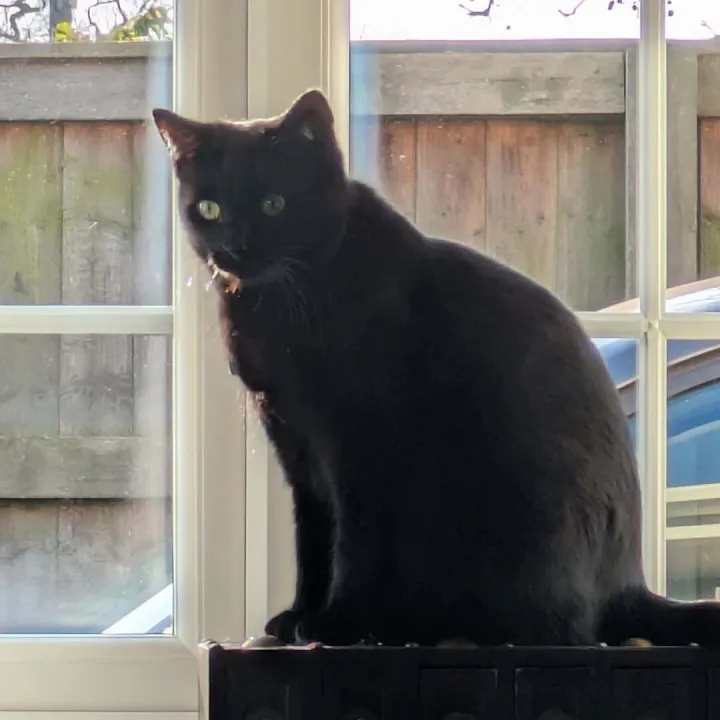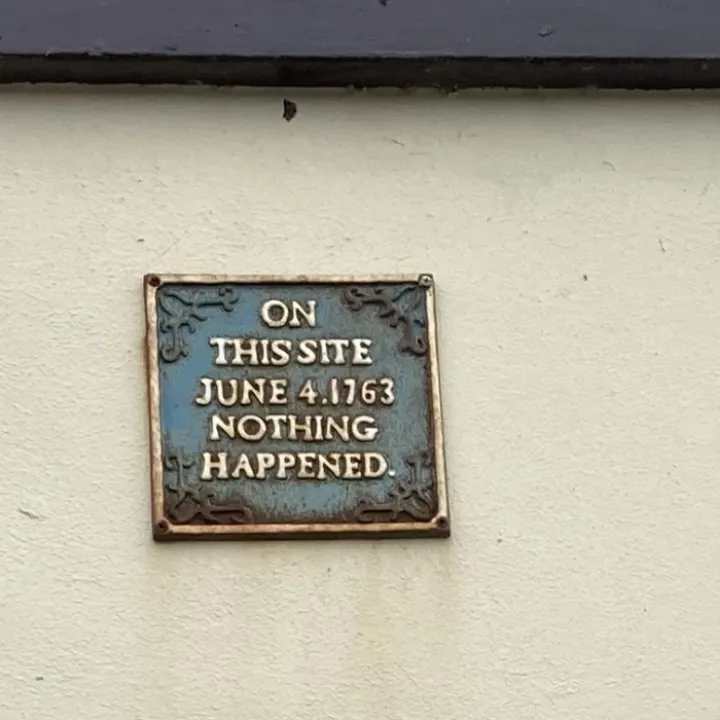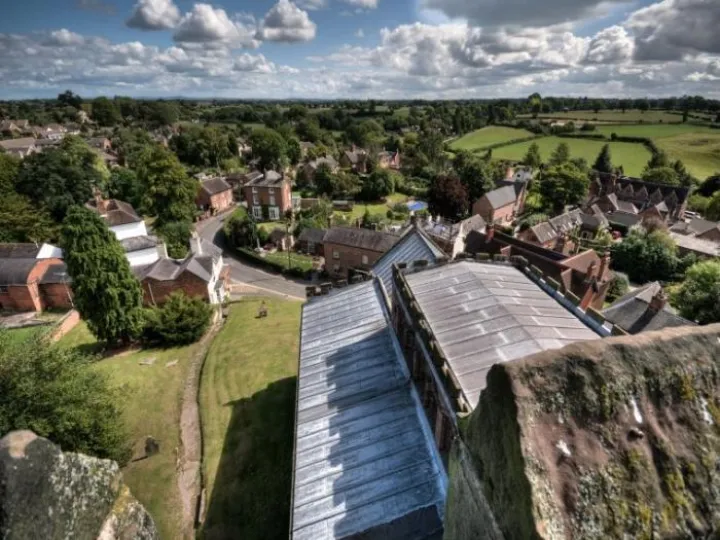







The Cheshire Wildlife Trust has reported that a stealthy figure is making its way across the Cheshire countryside. A dark mask conceals its face as it slinks through the undergrowth. The polecat, part of our native fauna which has been missing for many decades, is now staging a come-back. So much so that a number of reports have reached Audlem Online of sightings in the Audlem area in recent weeks.
One sighting even involved a body as the polecat in question was involved in a fight with two terrier dogs in a farmyard – and lost. Unfortunately, the polecat's corpse disappeared almost immediately afterwards, probably removed as carrion by a buzzard or fox.
This is what the Cheshire Wildlife report has to say: "The polecat, scientific name Mustela putorius, is a member of the weasel family: its other relatives include the stoat, badger and otter. It shares the weasel-family body shape – long and thin with short legs, and is easily recognisable by the black and white face. This colouring can vary through the year, but a white patch around the muzzle is clearly visible, as are the white ear tips. The neck, legs and tail are black, but on the body the long dark guard hairs are usually fluffed up enough to show the buff under-fur beneath, giving it a two-tone appearance.
"Through much of history the polecat has had a bad reputation. The name comes from the French poule-chat, meaning 'chicken cat' due to its reputation as a killer of poultry. It was also known as a 'foulmart' owing to the stench it can produce (its relative the pine marten was known as the 'sweetmart'). The foul smell is a secretion produced as a defensive mechanism, usually by frightened or injured animals. As an indication of the animal's bad image, in Shakespeare's time 'polecat' was used to indicate vagabonds and prostitutes.
"The polecat now occurs across Cheshire, although its distribution is patchy in places and total numbers are unknown. It appears to be very vulnerable to road accidents, and the majority of sightings are of corpses by the road. However in some areas they are not very wary of humans and will come into gardens, presumably scavenging for food. We would still like to know more about their distribution, so if you think you have seen a polecat we would very much like to hear about it. Contact Cheshire Wildlife Trust on 01948 820728".

This article is from our news archive. As a result pictures or videos originally associated with it may have been removed and some of the content may no longer be accurate or relevant.
Get In Touch
AudlemOnline is powered by our active community.
Please send us your news and views using the button below:
Email: editor@audlem.org





